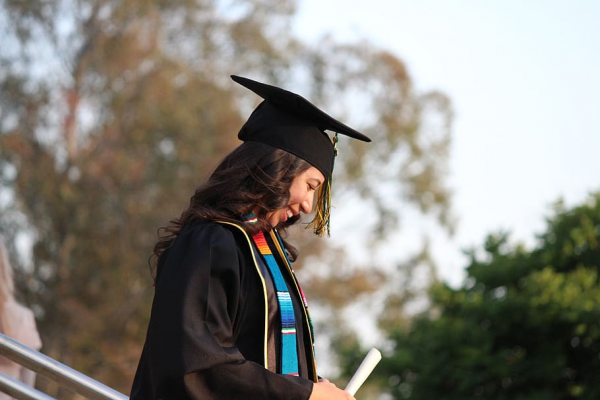
Both nature and nurture have always influenced who goes furthest in school. Recent advancements in genetics have found a way to modestly predict educational success through genes, and sociologists are engaging with that work to explore what social factors affect the expression of those genes. Because women’s access to higher education has historically been limited by social and structural barriers, genetic predictors of educational success may have been muted. Over the past century, women’s college access has increased, but has this also equalized the role played by genetics in predicting who attains a higher education? Tracing gendered effects of genetics over time can expose effects of gender discrimination in education.
Pamela Herd and her research team including Jeremy Freese, Kamil Sicinski, Benjamin W. Domingue, Kathleen Mullan Harris, Caiping Wei, and Robert M. Hauser decided to find out. Using data from three longitudinal surveys, they examined the educational attainment of participants born during different generations, including the Silent Generation (born 1931-1941); War Babies (born 1942-1947), Early Baby Boomers (born 1948-1953), Mid Baby Boomers (born 1954-1959); and Generation X (born 1976-1983). Each respondent provided a saliva sample which was analyzed for genetic intelligence indicators, or alleles associated with higher educational attainment. Respondents were then assigned a polygenic score — a big summary measure that has been shown in other studies to modestly predict educational success. The researchers used these scores to compare how much genes predicted educational attainment for the men and women born throughout the 20th century, and how this changed over time.They found that the role of genetics in shaping educational attainment is strongly patterned by gender. Among participants born in 1939-1940, they found that men’s polygenic score was more tightly linked to their schooling than women’s at every age. Genetic predispositions helped men graduate college, but even women with the same genetic predispositions were limited by societal factors.
But in comparing the patterns of men and women born in different generations, they found that gender differences varied as social conditions changed. Among the older cohorts, men showed a stronger link than women. The researchers believe that this was because women’s participation in higher education was severely limited during the 1950s and 60s, and because many men who had the grades (and the genes) to go to college either opted to do so to avoid the draft or mandatory military service or took advantage of GI benefits afterward. During the 1950s, however, the pattern began to reverse. This was likely because women in the older cohorts entered middle age, they returned to school as their childrearing responsibilities lessened and educational opportunities became more widely available. At that point the relationship between genetic factors and attainment increased–that is, the women who were genetically predisposed to do well at school were more likely to return in later adulthood. Around that time, more young women also began taking advantage of increased opportunities for higher education.Among the youngest respondents, born in 1982 and for whom educational opportunity has been the most equal, genetics is no stronger a predictor of postsecondary educational attainment for men than for women.
Examining the interplay between genes and the environment can help us understand how gender inequalities in educational outcomes have changed over time. It also reveals that finishing college is not automatically the result of individual traits, but instead shaped by the social environment.

Comments